TEKS Science 6
(1) Grade 6 science is interdisciplinary in nature; however, much of the content focus is on physical science. National standards in science are organized as multi-grade blocks such as Grades 5-8 rather than individual grade levels. In order to follow the grade level format used in Texas, the various national standards are found among Grades 6, 7, and 8. Recurring themes are pervasive in sciences, mathematics, and technology. These ideas transcend disciplinary boundaries and include change and constancy, patterns, cycles, systems, models, and scale.
The strands for Grade 6 include the following.
(A) Scientific investigations and reasoning.
(i) To develop a rich knowledge of science and the natural world, students must become familiar with different modes of scientific inquiry, rules of evidence, ways of formulating questions, ways of proposing explanations, and the diverse ways scientists study the natural world and propose explanations based on evidence derived from their work.
(ii) Scientific investigations are conducted for different reasons. All investigations require a research question, careful observations, data gathering, and analysis of the data to identify the patterns that will explain the findings. Descriptive investigations are used to explore new phenomena such as conducting surveys of organisms or measuring the abiotic components in a given habitat. Descriptive statistics include frequency, range, mean, median, and mode. A hypothesis is not required in a descriptive investigation. On the other hand, when conditions can be controlled in order to focus on a single variable, experimental research design is used to determine causation. Students should experience both types of investigations and understand that different scientific research questions require different research designs.
(iii) Scientific investigations are used to learn about the natural world. Students should understand that certain types of questions can be answered by investigations, and the methods, models, and conclusions built from these investigations change as new observations are made. Models of objects and events are tools for understanding the natural world and can show how systems work. Models have limitations and based on new discoveries are constantly being modified to more closely reflect the natural world.
(B) Matter and energy.
(i) Matter can be classified as elements, compounds, or mixtures. Students have already had experience with mixtures in Grade 5, so Grade 6 will concentrate on developing an understanding of elements and compounds. It is important that students learn the differences between elements and compounds based on observations, description of physical properties, and chemical reactions. Elements are represented by chemical symbols, while compounds are represented by chemical formulas. Subsequent grades will learn about the differences at the molecular and atomic level.
(ii) Elements are classified as metals, nonmetals, and metalloids based on their physical properties. The elements are divided into three groups on the Periodic Table. Each different substance usually has a different density, so density can be used as an identifying property. Therefore, calculating density aids classification of substances.
(iii) Energy resources are available on a renewable or nonrenewable basis. Understanding the origins and uses of these resources enables informed decision making. Students should consider the ethical/social issues surrounding Earth's natural energy resources, while looking at the advantages and disadvantages of their long-term uses.
(C) Force, motion, and energy. Energy occurs in two types, potential and kinetic, and can take several forms. Thermal energy can be transferred by conduction, convection, or radiation. It can also be changed from one form to another. Students will investigate the relationship between force and motion using a variety of means, including calculations and measurements.
(D) Earth and space. The focus of this strand is on introducing Earth's processes. Students should develop an understanding of Earth as part of our solar system. The topics include organization of our solar system, the role of gravity, and space exploration.
(E) Organisms and environments. Students will gain an understanding of the broadest taxonomic classifications of organisms and how characteristics determine their classification. The other major topics developed in this strand include the interdependence between organisms and their environments and the levels of organization within an ecosystem.
(2) Science, as defined by the National Academy of Science, is the "use of evidence to construct testable explanations and predictions of natural phenomena, as well as the knowledge generated through this process." This vast body of changing and increasing knowledge is described by physical, mathematical, and conceptual models. Students should know that some questions are outside the realm of science because they deal with phenomena that are not scientifically testable.
(3) Scientific hypotheses are tentative and testable statements that must be capable of being supported or not supported by observational evidence. Hypotheses of durable explanatory power that have been tested over a wide variety of conditions become theories. Scientific theories are based on natural and physical phenomena and are capable of being tested by multiple independent researchers. Students should know that scientific theories, unlike hypotheses, are well established and highly reliable, but they may still be subject to change as new information and technologies are developed. Students should be able to distinguish between scientific decision-making methods and ethical/social decisions that involve the application of scientific information.
(4) Statements containing the word "including" reference content that must be mastered, while those containing the phrase "such as" are intended as possible illustrative examples.
- Free Plan
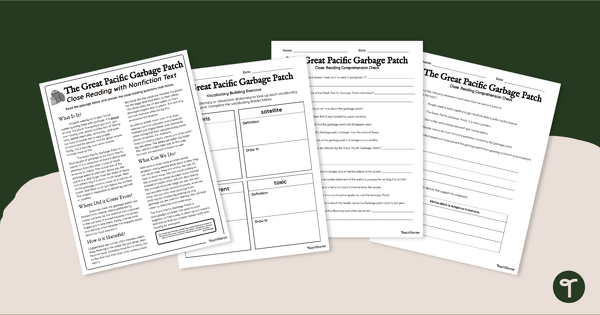
Comprehension Worksheets - The Great Pacific Garbage Patch
Read and learn about the Great Pacific Garbage Patch with a reading comprehension passage and worksheet pack.
- Free Plan
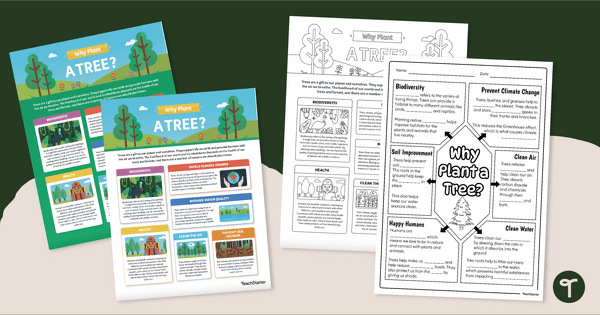
Why Plant a Tree? Infographic Analysis Activity & Posters
Teach about Arbor Day or Earth Day with an infographic poster and a cloze note-taking worksheet about the importance of trees in our environment.
- Free Plan
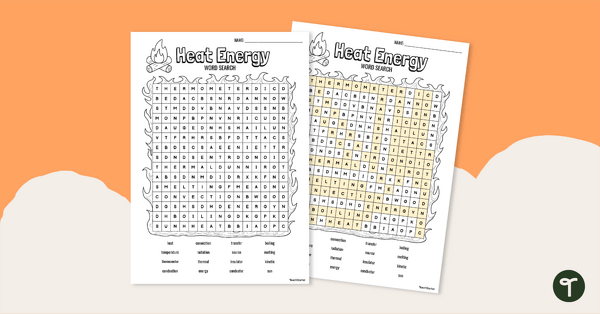
Thermal Energy Word Search
Help students remember heat energy vocabulary with this word search.
- Free Plan
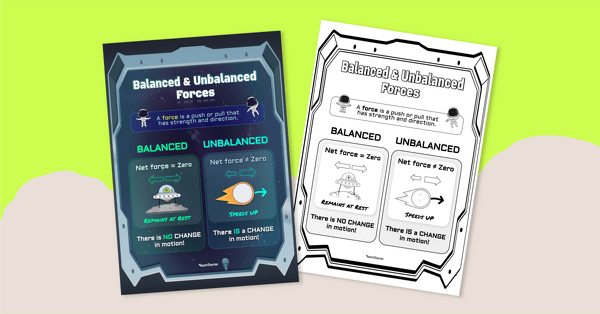
Balanced and Unbalanced Forces Anchor Chart
Use this force and motion anchor chart when teaching your students about balanced and unbalanced forces.
- Plus Plan
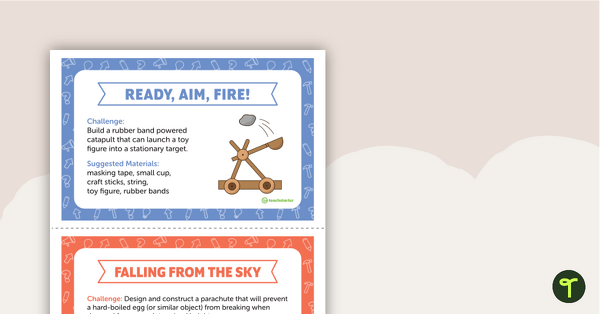
STEM Challenge Cards - Upper Grades
A set of 20 STEM challenge cards for students in the upper grades.
- Plus Plan
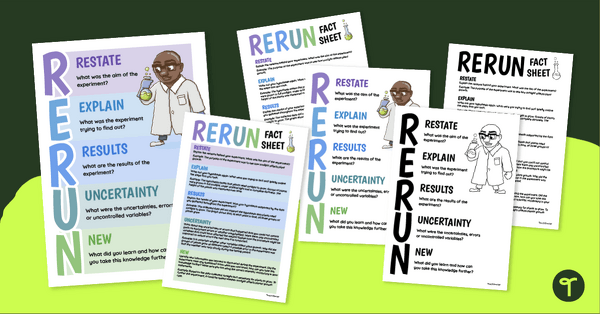
R.E.R.U.N. - Writing a Scientific Conclusion Anchor Charts
Introduce your students to the R.E.R.U.N. method for writing a scientific conclusion with a printable poster and fact sheet.
- Plus Plan
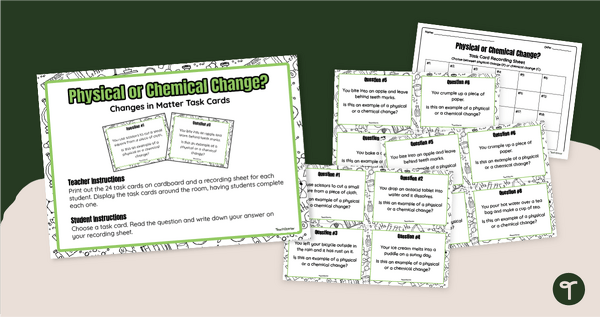
Physical or Chemical Change? - Task Cards
Identify examples of physical and chemical changes in matter with a set of printable task cards.
- Plus Plan
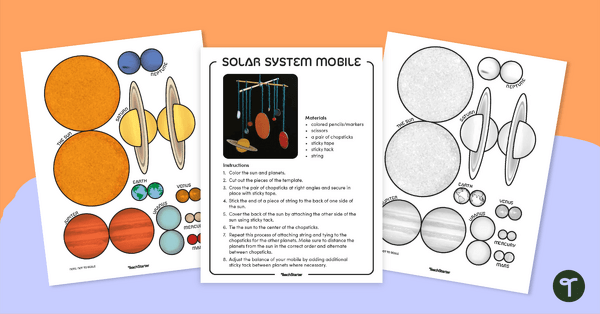
Solar System Mobile – Craft Activity
Use this printable solar system craft when learning about the planets and their position in relation to the Sun.
- Free Plan
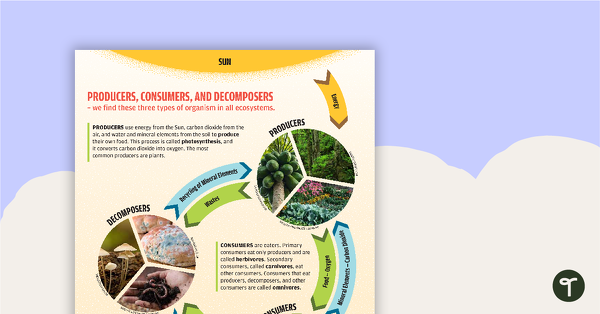
Producer, Consumer, Decomposer - Poster
A poster explaining the roles of the Sun, producers, consumers, and decomposers in the food chain.
- Plus Plan
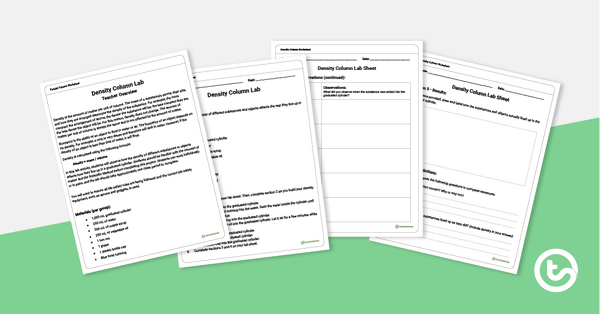
Density Column Science Experiment
A science experiment to use with your students when learning about density.
- Plus Plan
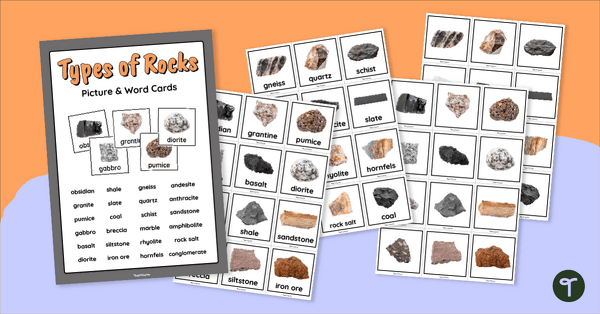
Minerals and Rocks Picture Cards
Observe, describe, and sort examples of rocks and minerals with a set of printable types of rocks pictures and word cards.
- Plus Plan
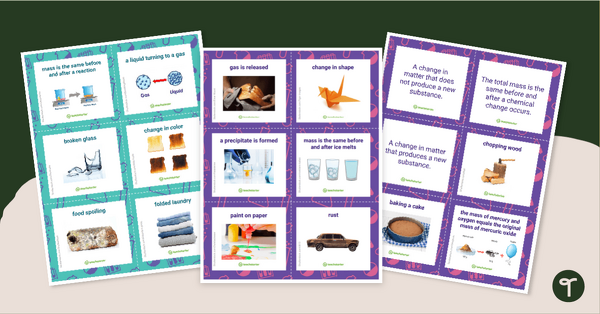
Physical and Chemical Changes - Sorting Activity
A set of 24 sorting cards to practice identifying physical and chemical changes.
- Free Plan
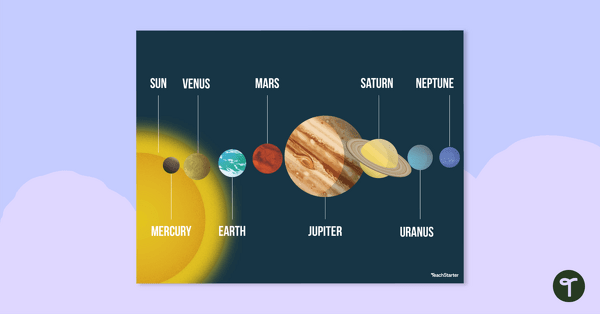
The Solar System - Planets in Order
Show the planets in order with this beautifully designed printable science poster.
- Plus Plan

Triple Beam Balance Scale Poster – Diagram with Labels
A poster containing a diagram with labels showing the key parts of a triple beam balance scale.
- Free Plan
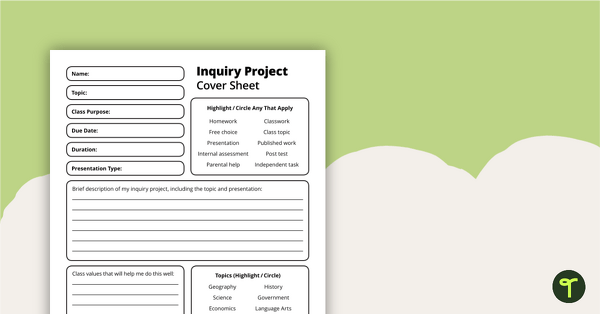
Inquiry Project - Template
A diverse template to help students craft inquiry questions to produce different types of research projects.
- Plus Plan
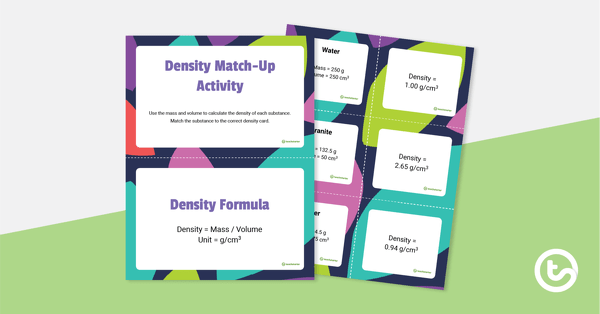
Density Match-Up Activity
A set of 30 match-up cards to practice calculating density.
- Free Plan
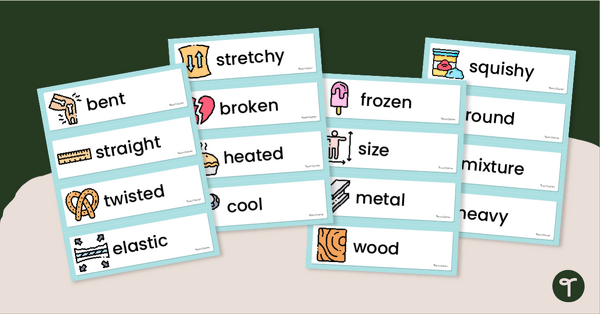
Describing Matter – Word Wall (Illustrated)
Help your students learn to describe matter using physical properties with an illustrated matter word wall.
- Plus Plan
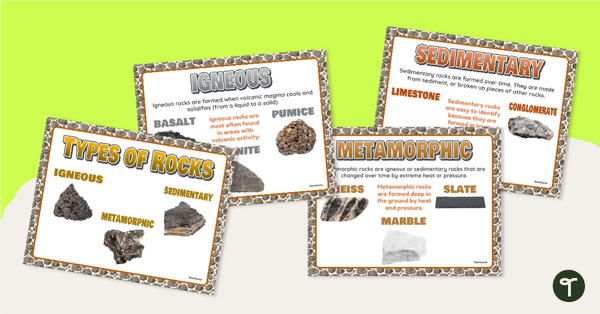
Types of Rocks Posters
Teach your students information about the three basic types of rock with a set of printable Types of Rocks Anchor Charts.
- Plus Plan
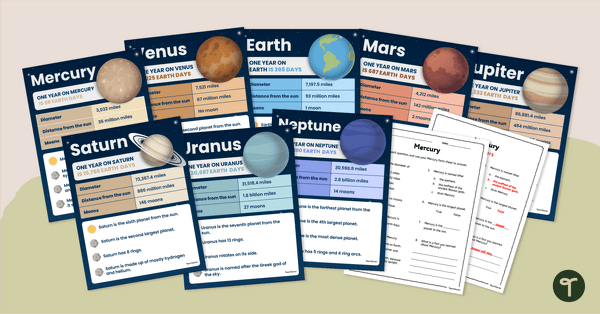
Planets Fact Sheets and Comprehension Worksheets
Learn the facts of each of the planets in our solar system with these fact files and matching comprehension worksheets.
- Plus Plan
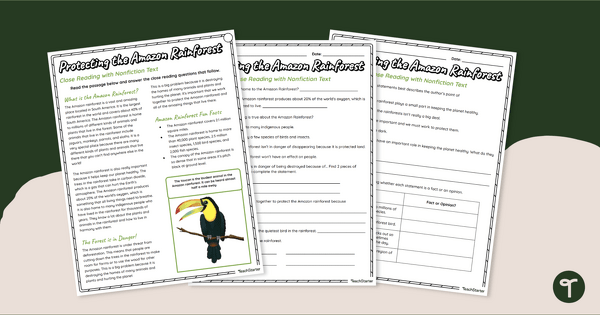
Amazon Rainforest Facts - Reading Passage
Read and learn about conservation with a reading passage and comprehension worksheet on the Amazon Rainforest.
- Plus Plan
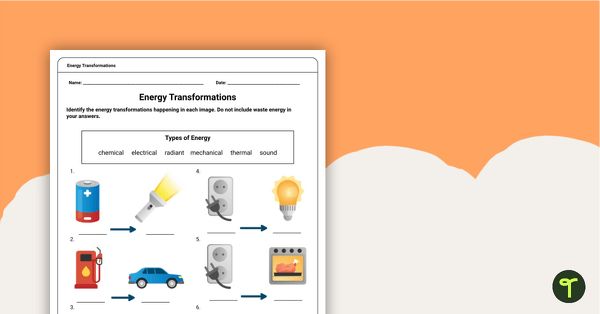
Energy Transformations Worksheet
A worksheet to practice identifying energy transformations.
- Plus Plan
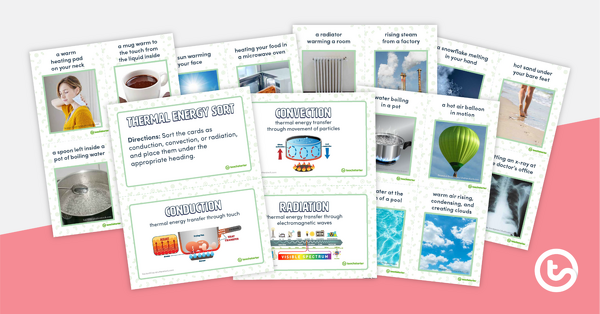
Thermal Energy Transfer Sorting Activity
Learn about conduction, convection, and radiation with this set of 24 sorting cards.
- Plus Plan
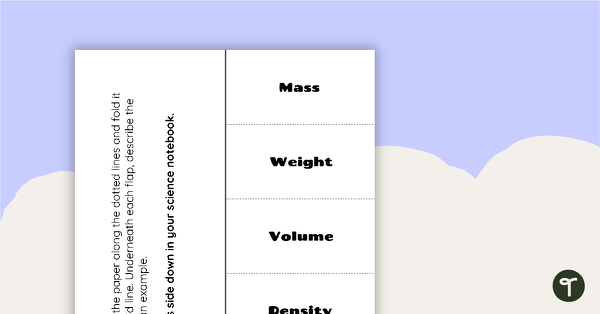
Density Foldable
A foldable to use when learning about density.
- Free Plan
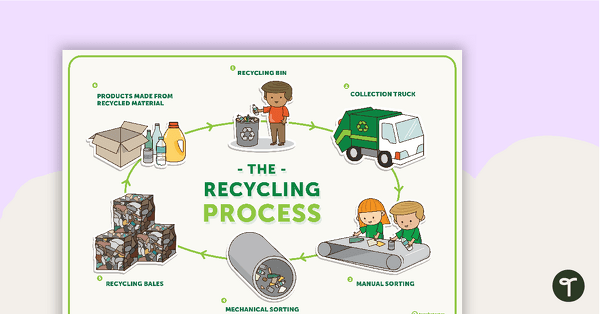
The Recycling Process Poster
Show your students the process materials go through when they are recycled with printable recycling posters.
- Free Plan
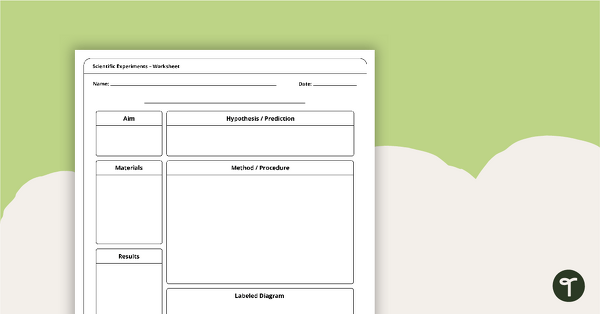
Science Experiment Recording Sheet
A recording sheet to use when completing a Science experiment.
- Plus Plan
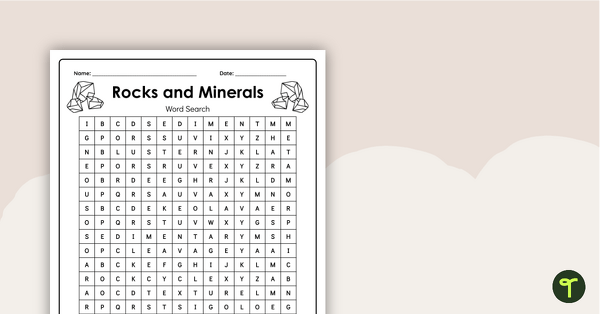
Rocks and Minerals Word Search
Introduce or review academic vocabulary with a printable Rocks and Minerals Word Search.
- Plus Plan
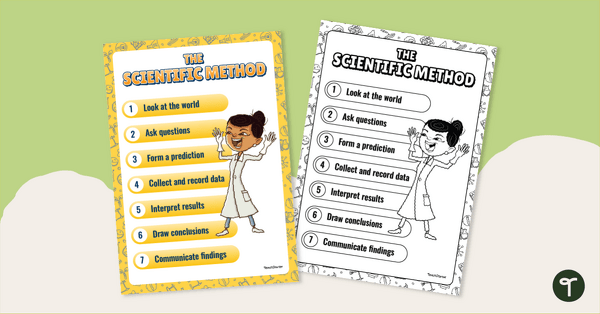
The Scientific Method Anchor Chart - Upper Grades
Teach the seven steps in the scientific process with a printable Scientific Method Anchor Chart
- Plus Plan
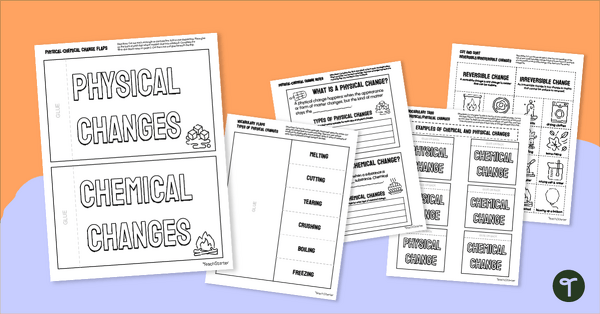
Physical and Chemical Changes Foldables
Record your students' learning about physical. and chemical changes with a fun set of printable Interactive Notebook Templates.
- Plus Plan
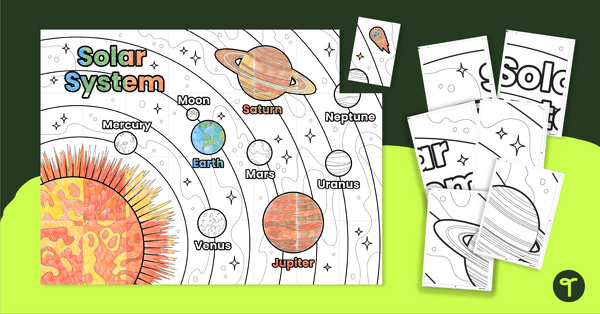
Planets Collaborative Coloring Display
Combine coloring with awareness of the planets and the solar system with this collaborative coloring sheet.
- Free Plan
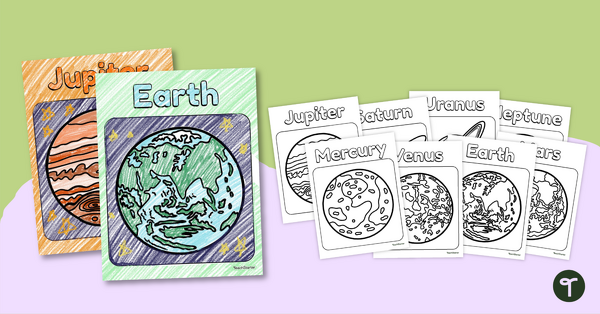
Free Planet Coloring Pages
Use these black and white planet templates as coloring pages for your students.
- Plus Plan
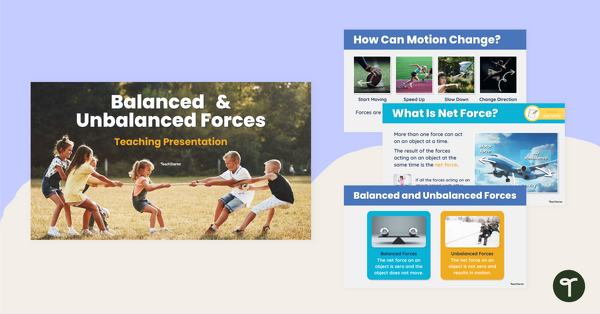
Balanced and Unbalanced Forces Teaching Slides
Teach your students about balanced and unbalanced forces with this comprehensive and age-appropriate teaching presentation for 6th grade science lessons.
- Plus Plan
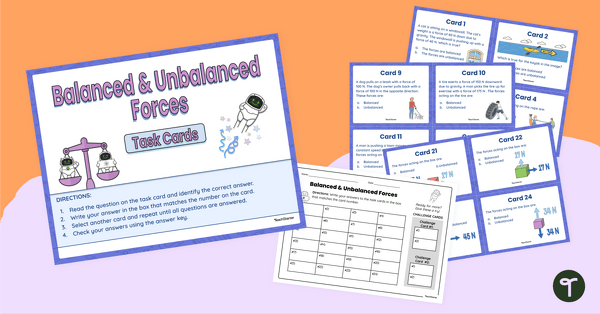
Balanced and Unbalanced Forces Task Cards
Use these force and motion task cards as a student review activity in your 6th grade science lessons.